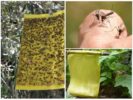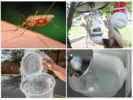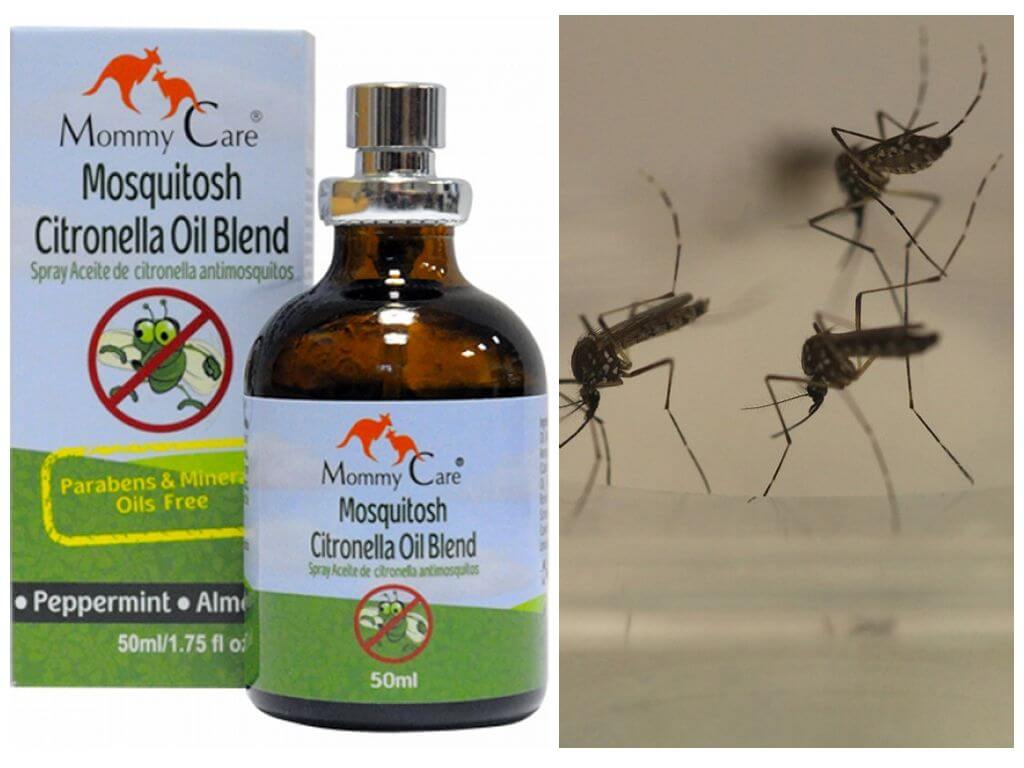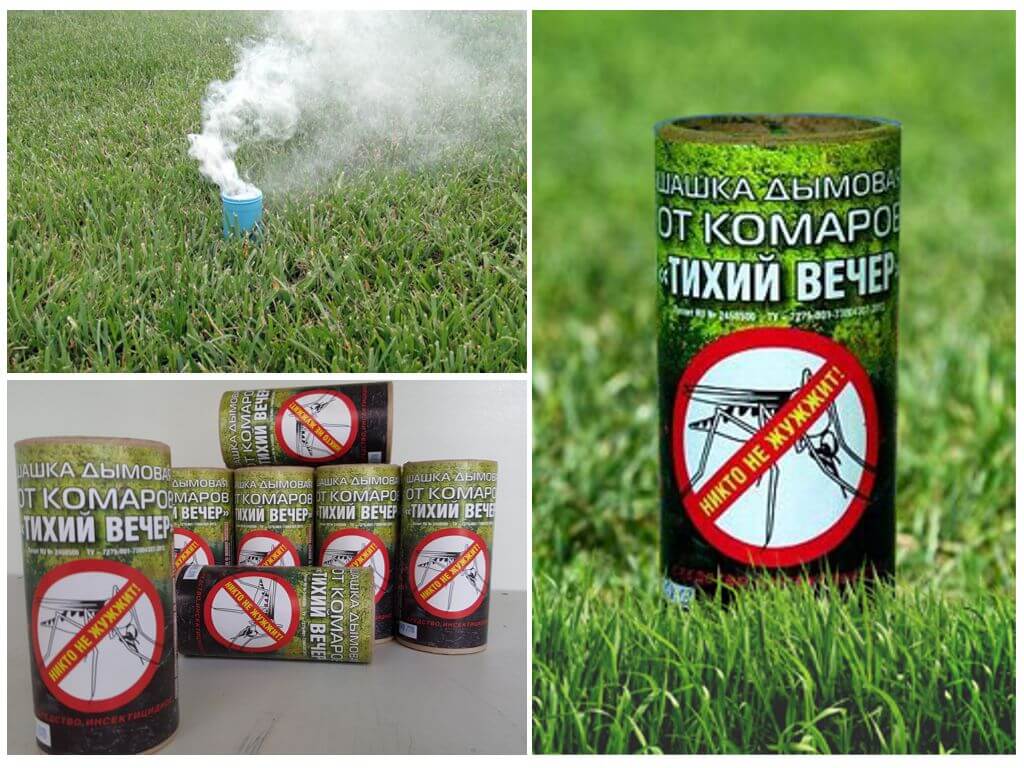- Yeast trap
- Adhesive Insect Traps
- Home-made mosquito traps
- Essential oils, wormwood and smoldering spruce can relieve mosquitoes
Summer evening gatherings, picnics on the banks of the reservoir are often clouded by invasions mosquitoes. Mosquito sprayointments spirals, smoke bombsnot to mention mosquito exterminatorsmay not be at hand. In this case, the do-it-yourself mosquito trap will become a lifesaver. The advantages of such tools are ease of manufacture, low cost of materials. A selection of life hacks, how to get rid of mosquitoes, will be of interest to ardent opponents of the use of chemicals.
Primitive but very effective bottle traps
Empty beverage containers are often used to catch insects and even small rodents. The interior of the apartment will not decorate a mosquito trap from a plastic bottle, but the number of insects will be reduced significantly.
Yeast bait
For the manufacture of a catching device, you will need a bottle of 1.5-2 liters, a glass of water, a pinch of sugar and 1 g of dry, baker's yeast. The process consists of several stages:
- Cut the neck of a plastic container with a knife or scissors. The cut-off part does not need to be thrown in - it will still be needed.
- Dissolve sugar in water. For this, it is desirable to heat the liquid. Cool the resulting syrup to 35-40 ° C and pour into the prepared plastic tank. For catching flies and wasps, sugar is replaced with sweet jam.
- Pour yeast into a sweet solution. It can be either bakery, granular, dry. Without yeast, fermentation will not start.
- Place the cut-off top into the bottle with the neck down, so that an analog of the funnel is formed, secure with tape, electrical tape.
- Wrap the trap in dark rags or paper. Put in a place where mosquito activity is observed, avoiding direct sunlight.
A homemade trap does not lose its properties for 2 weeks. After this period, the syrup needs to be replaced. The principle of operation of the device is very simple. In fact, it is a primitive carbon monoxide mosquito trap. During fermentation, carbon dioxide is released, which attracts flying blood-sucking individuals. Once in the funnel, they cannot get out of it.
On a note!
The smell exuded by the yeast liquid during fermentation is felt not only by mosquitoes, but also by people. Therefore, this option can be considered as a street trap, and not a design for residential premises.
Catching sunflower oil
For the construction of the structure you will need a container made of plastic, a few tablespoons of vegetable oil or just an empty bottle from under sunflower oil. Trap manufacturing technology:
- cut off the top of the bottle;
- grease the walls of the vessel with vegetable oil;
- use a sharp object to make holes through which you can stretch the ropes;
- hang mosquito traps in places of accumulation of insects, preferably under light sources: lamps, lanterns.
The concept of this catching device is not well understood. Vegetable oil is not able to act like a mosquito bait.It is likely that insects attracted by light accidentally fall into the container, and after contact with vegetable oil temporarily lose their flying ability. You can check the effectiveness of the trap only on your own experience.
Sticky traps
The appearance of adhesive tapes against flies and mosquitoes does not give aesthetic pleasure from their contemplation in the house. But such simple devices are among the simplest and most effective traps made by hand. A mosquito trap is made in a few minutes:
- prepare long rectangular blanks, most often they are made of cardboard or thick paper;
- make a hole in each of them for a rope or wire, with which the trap will be suspended;
- lubricate each tape with an adhesive mass that acts both as a mosquito bait and as a fixing component.
As a glue mass for traps using a wide variety of mixtures. If there is no time for their preparation, it is enough to lubricate the workpieces with castor oil, turpentine, honey, rosin and hang them in places where insects bother most.
As flies, midges, gnats, and other blood-sucking animals adhere, the mosquito trap must be disposed of and replaced.
Recipes for the preparation of adhesive mixtures for mosquitoes and midges:
- 50 ml of any sweet syrup, jam or honey, the same amount of turpentine, 200 g of rosin and 100 g of castor oil;
- 100 g of petroleum jelly and rosin, 50 g of honey, 20 g of glycerin;
- 150 g of pine resin, 75 ml of vegetable oil, 25 g of honey or syrup, 5 g of wax;
- alcohol, milk, sugar, calcium dichromate, ground black pepper in arbitrary proportions.
On a note!
In an apartment or a house, gauze soaked with sticky mixtures with the addition of insecticides and hung on the ventilation openings will help to escape from mosquito attacks.
Original trap
The concept of the device is to attract mosquitoes light, after which they are pulled by a fan into a gauze bag. An electric trap is accessible and easy to manufacture, but requires certain skills and basic knowledge of physics. The only drawback is that the device with a fan cannot be called absolutely silent and it works from the mains.
The following elements will be needed:
- a cardboard bag from under the juice with a volume of 2 l or more, for lack of containers, a cardboard box can be made independently;
- small light bulb or flashlight;
- gauze;
- wire;
- a small electric fan with a diameter of 10 cm, you can use a fan from a non-working computer.
Detailed instructions on how to make a mosquito trap:
- Cut off the top of the tetrapack.
- In the side walls in the upper parts, make 2 holes and draw a wire or rope through them. The fastener is ready.
- Attach the lamp holder to the handle (wire).
- At the bottom of the package, install a fan so that the air flow is directed downward from the light source.
- Use a rubber band to attach a gauze bag to the fan housing.
- Using adapters, connect the bulb and fan to the network.
- Install the structure in the window opening.
The mosquito trap needs periodic cleaning of adhering insects.
5 Life hacks, how to deal with mosquitoes and midges with improvised means
If mosquitoes were taken by surprise, a store with household chemicals is far away, and the invasion of bloodsuckers must be stopped somehow, it’s worth using folk remedies:
- Dripping any of the fleece into pieces aromatic oils from mosquitoes: eucalyptus, carnationslavender citronella, tea tree, cedar, anise, camphor. Arrange them in places of accumulation and penetration of insects. According to reviews, such compositions act no worse than industrial fumigators.
- Cook vanilla spray, tea tree oil and lavender.To process window frames, the head of the bed, the territory on which mosquitoes pester. Use similarly vinegar with shampoo, ammonia.
- A reader from Moscow shared an original recipe for scaring away bloodsuckers. It is enough to wash and treat the exposed parts of the body with the infusion of wormwood - protection against annoying insects is provided. The decoction of wheatgrass roots has the same effect.
- Equally creative is the idea of using horse or cow cakes. They are thrown into a fire or set on fire in metal containers. All the nearby individuals scatter from a specific aroma. The escape of people is also not excluded.
- Escape mosquitoes in nature smoldering coniferous branches, cones, dry wormwood, tansy, peppermint will help. Body art from the woody area will avoid mosquito bites all the while the body will be covered with the original painting.












My mother is fond of such traps. But I don’t understand why to build something when there are ready-made effective mosquito repellents in stores.
I am also surprised at the idea of surrounding myself with dirty plastic bottles. It is much easier to buy a fumigator and children's plates for it.
And somehow I made a trap with a fan in the country. Only I put it directly next to the bed so that a flying mosquito could not bite me and was destroyed.
The best mosquito trap is the factory option. And home methods against hordes of bloodsuckers do not work.
Totally agree with you. If there are no chemicals at hand, then in nature it is better to use the method of fumigation.
In the hostel with the girls, we were often saved by eucalyptus oil. Safe and reliable.
Hoping for mosquito traps is pointless. Insects can get into them only by chance.